This week in the ECA Main Building, we had a conversation with students from the CAP major. This conversation made me realize that direct communication with creators can open up a new perspective of understanding. When viewing an exhibition, the audience’s interpretation is often based on personal experience and intuition, while the creator’s thinking often involves more complex social, cultural, and personal backgrounds. Curating is not only about displaying works but also about constructing meaning. How to help the audience enter the ideological context of the work is a question that curators must think deeply about.
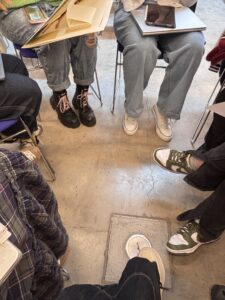

Danny (Jiayi)’s loofah slices made me rethink the concept of “sustainable development”. When I first watched it, I focused on its natural materials, but Jiayi’s explanation revealed its criticality. She pointed out that human “sustainable” practices are often still based on the use of other life forms, but environmental narratives cover up the dominant nature This interpretation made me realize that if curators only emphasize the material or visual characteristics of the work and ignore the ecological power system it questions, it may weaken the criticality of art itself. The exhibition needs to not only present the external form of the work but also explore its social significance and guide the audience to think about the relationship between humans and nature.


Sijia’s Twister Tree work made me start thinking about the role of “interaction” in curating. The metal trunk symbolizes the fixed power structure dominated by men, while the twisters added by the audience symbolize fluidity, vitality, and diversity. The audience’s participation is not only a kind of creation but also a challenge and deconstruction of the existing structure. This made me realize that interactivity should not only be a means of attraction to curating, but should be regarded as a strategy to make the audience’s involvement a further promotion of the critical nature of the work. If the exhibition only encourages the audience to participate but fails to guide them to realize the social metaphors, the interaction will easily become a shallow entertainment rather than a powerful critical tool.
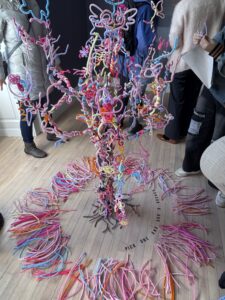

Yi Huang’s work expands the possibilities of feminism. Inspired by Jeju Island Haenyeo, she envisions a future marine matriarchal society and constructs a world that is opposite to the real gender order through virtual archives. Her work makes me realize that feminism is not only a criticism of existing social problems, but also an imagination and experiment of future social forms. In my past curatorial thinking, I paid more attention to the plight of women in reality, but Yi Huang’s work makes me see that exhibitions can become a platform for future thinking, prompting the audience to break away from the present and think about broader possibilities.
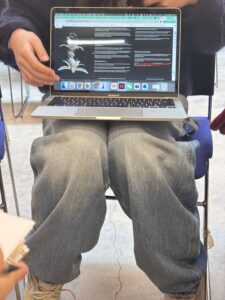

Xudong Jia combines flowers with facial recognition technology to explore sensory experience in “The Joy of Mediocrity”, and focuses on forgotten social groups through blue and white porcelain works. Spanish Chinese artist SAN deconstructs wedding ceremonies with collage art, challenging traditional social norms through “rebellion”. These works made me realize that young artists’ creations are not only focused on personal expression but are trying to intervene in social issues in new ways. If the curator only stays at the visual presentation of the work and fails to explore its complex relationship with reality in depth, the critical nature of the exhibition will be difficult to establish.
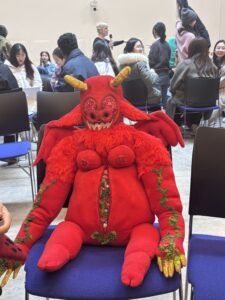

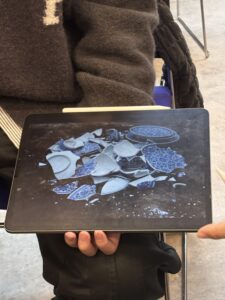
WEEK 8|Reflections on the CAP Student Exchange Meeting / Jiaying Lyu / Curating (2024-2025)[SEM2] by is licensed under a

